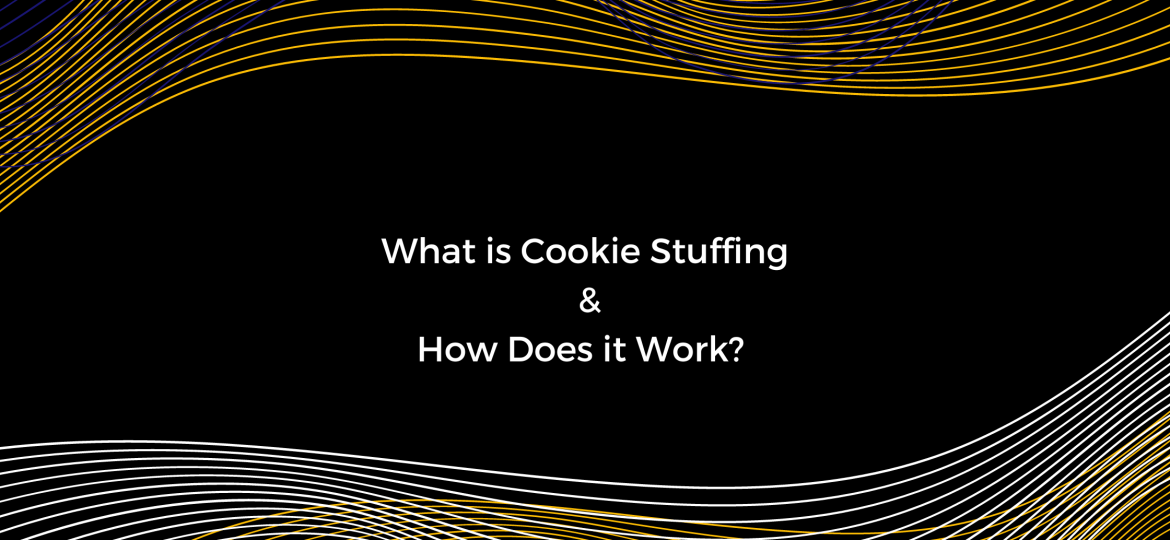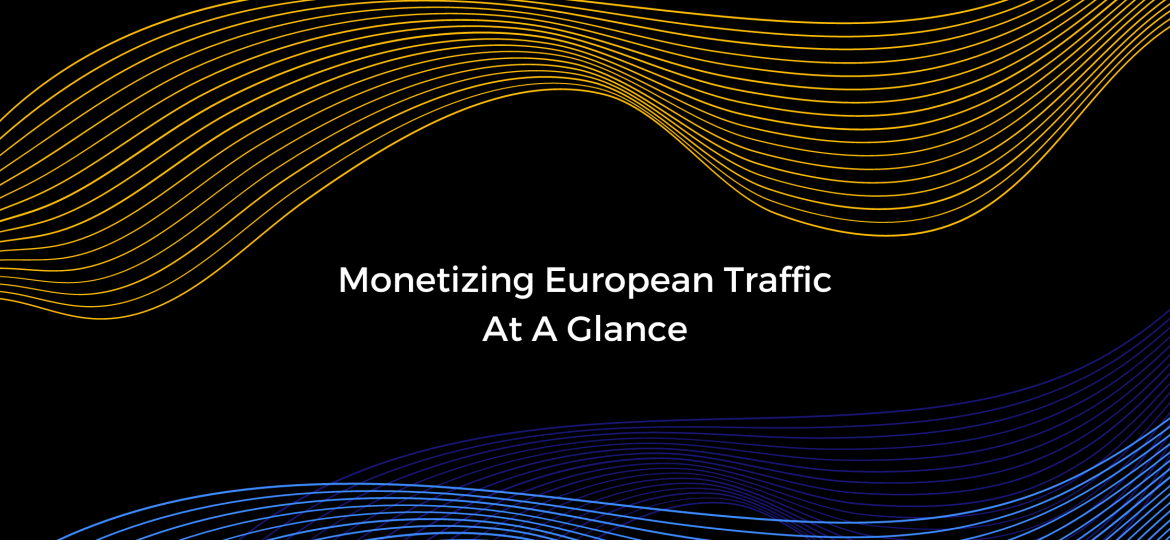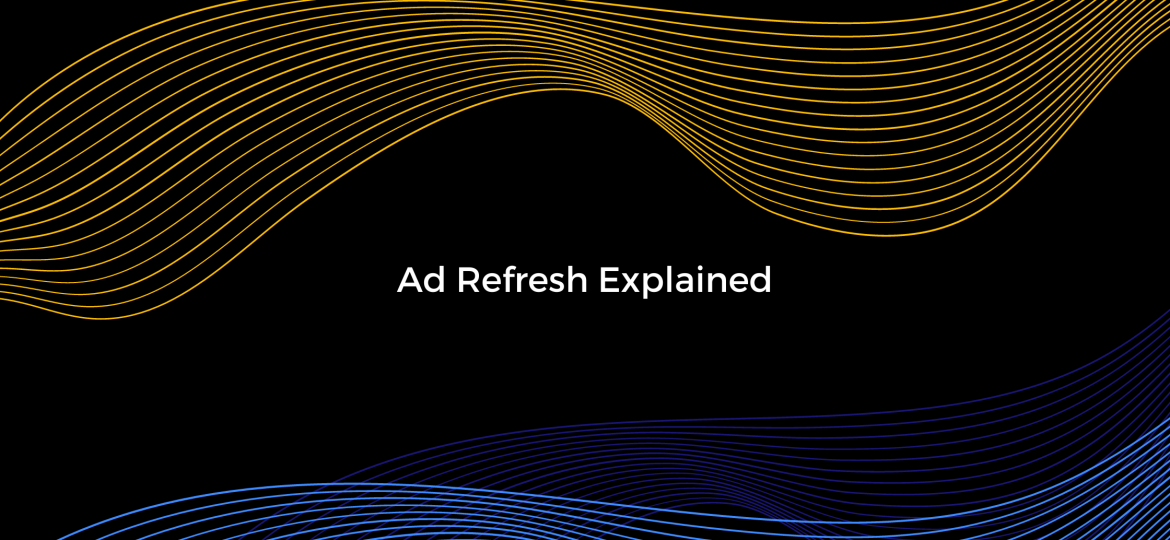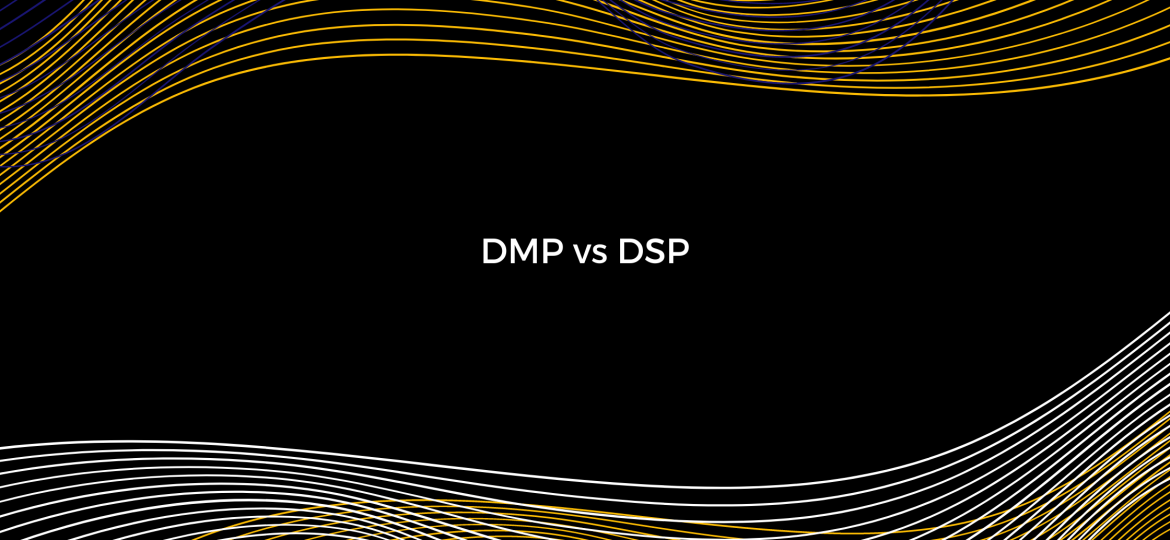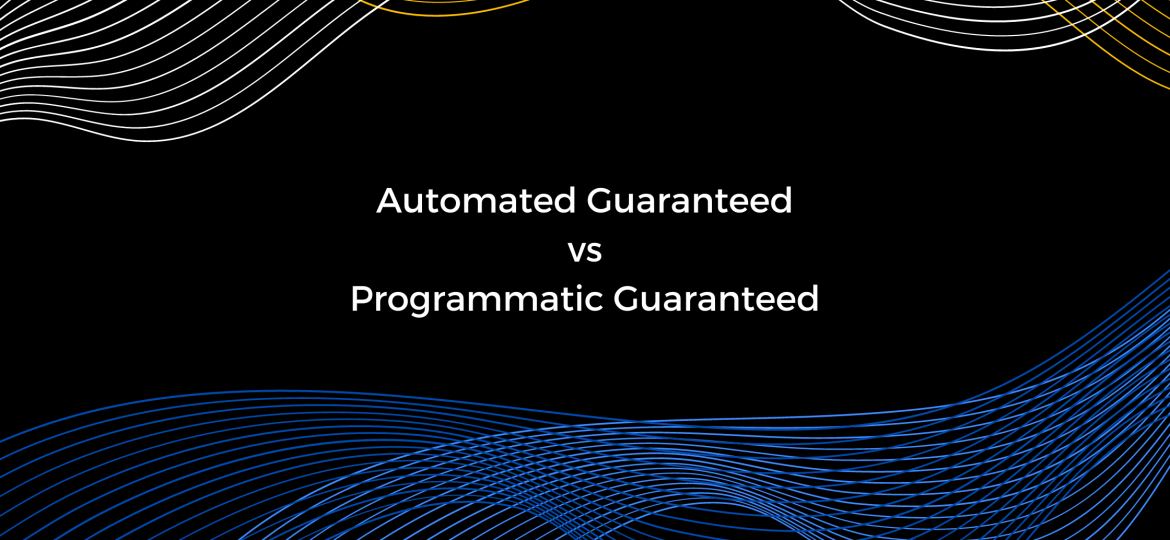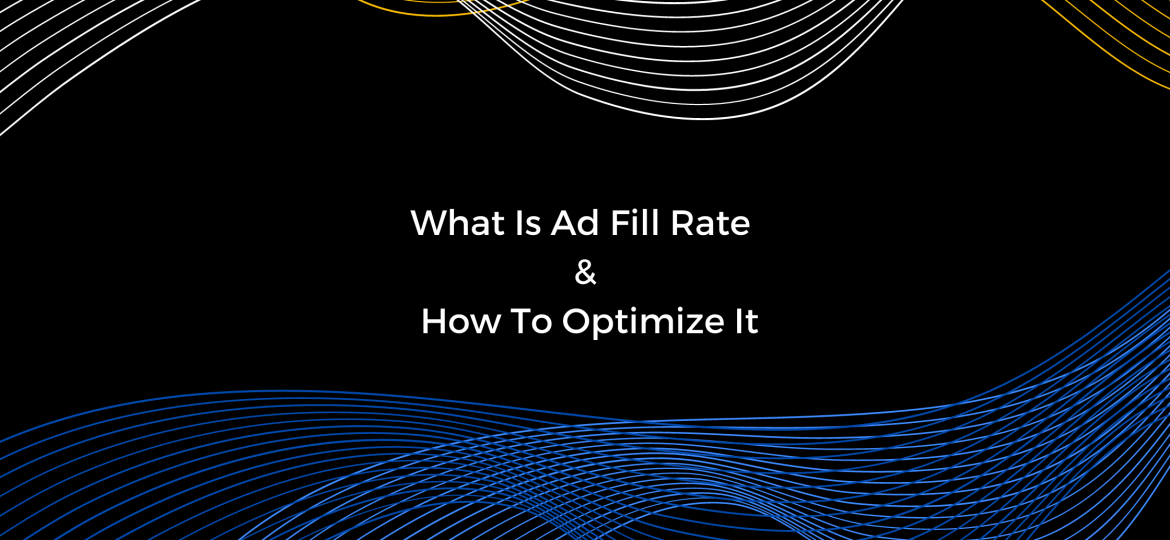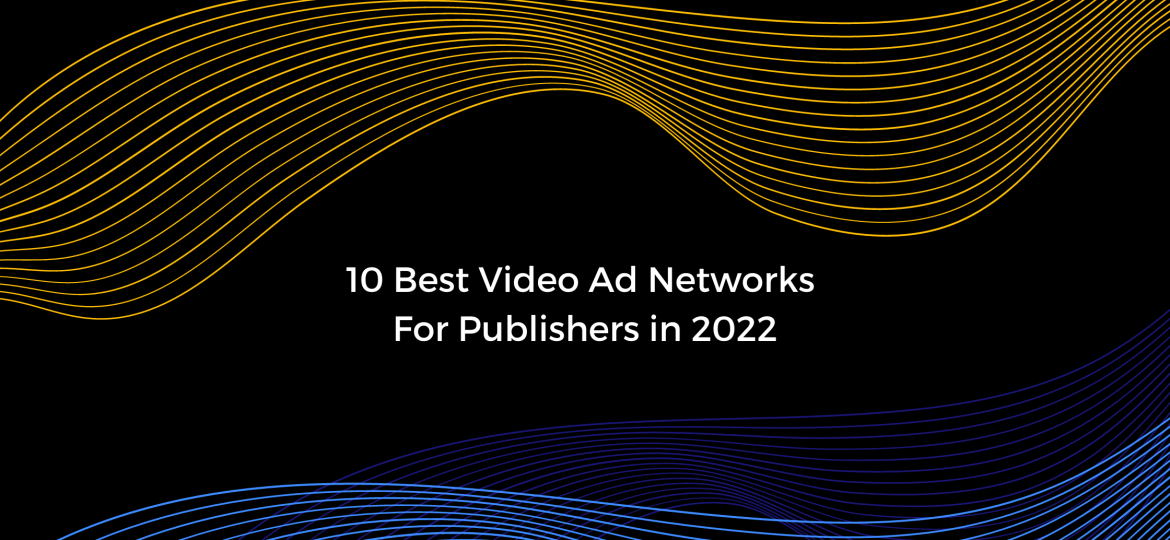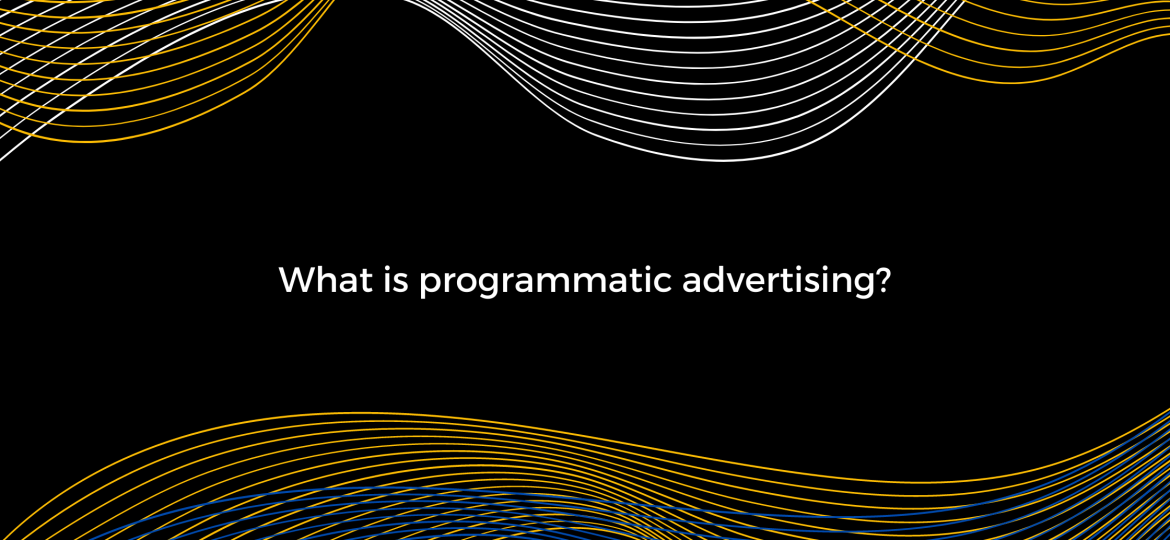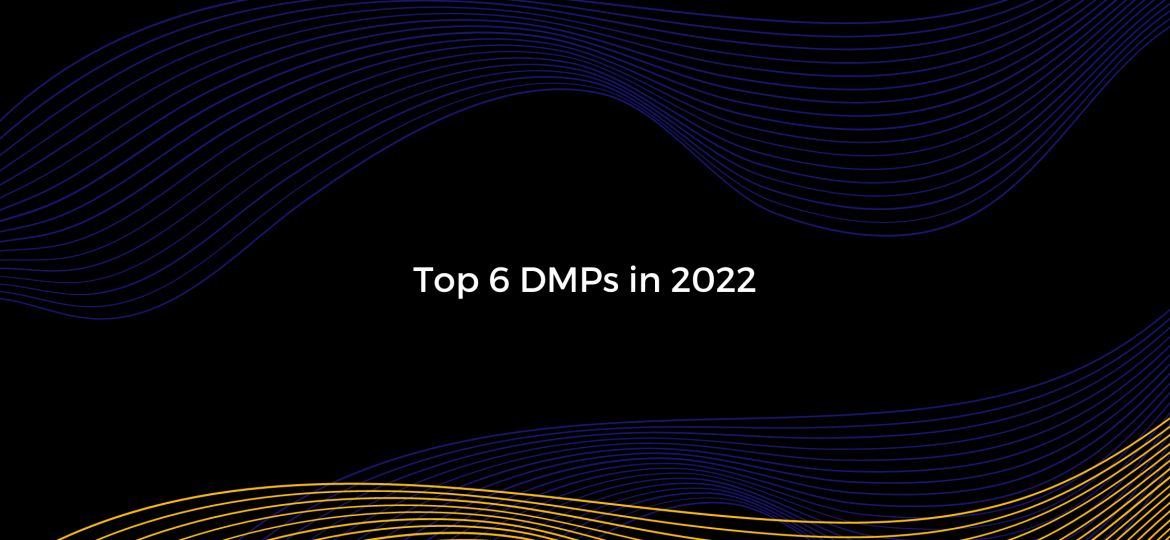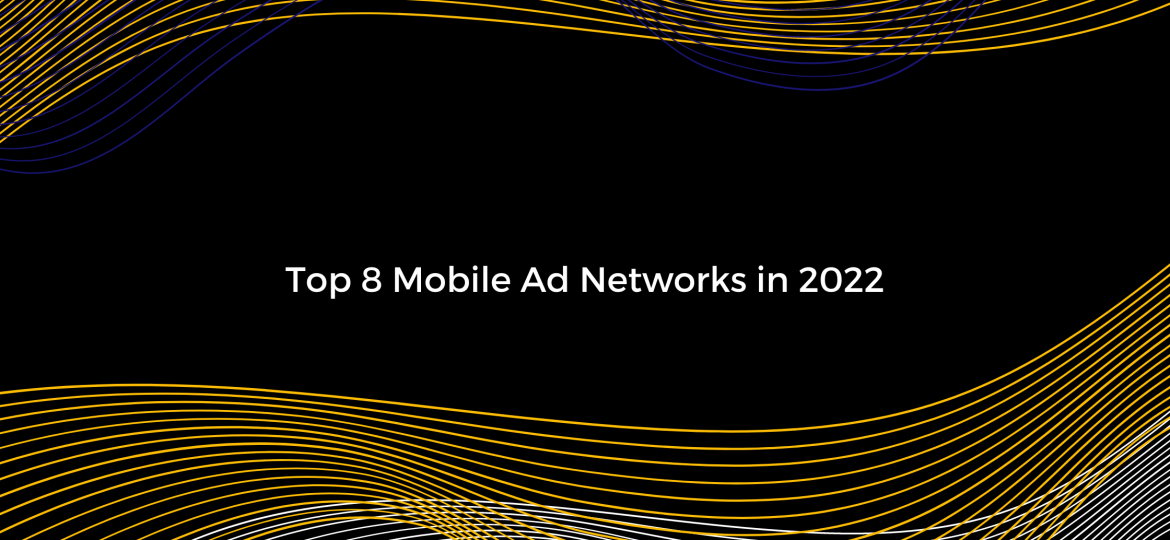The digital advertising industry is ever-evolving. Unfortunately, new opportunities go hand in hand with additional fraud risks. Affiliate cookie stuffing is one of the more popular blackhat marketing techniques used by online swindlers. In this article, we’re going to explain what that is and how exactly it works. Let’s start at the beginning. What’s a cookie? A cookie is a tiny, identifiable piece of code websites leave in your browser when you visit them. Cookies help a site remember you by tracking browsing activity and storing login credentials and other advertising data. That’s what makes them so valuable when it comes to affiliate marketing. What’s affiliate marketing and how does it come into this? Simply put, affiliate marketing means businesses pay a commission to a party that brings them clicks, site visits, or sales. So, for example, if your website sends some visitors to the Apple store, you’d get a small share of anything they buy there. Such arrangements are brokered by an affiliate network, acting as a middleman. Naturally, in order for an affiliate program to work, user visits need to be properly tracked. And that’s a prime example of the usefulness of cookies. Let’s break it down, continuing the Apple example: User clicks on your affiliate link A cookie gets dropped in the user’s browser as they are redirected to the Apple Store They make a purchase During checkout, the store website checks for affiliate cookies If any are found, the transaction is logged, and you get your…
admin
We took one year of data across our portfolio of publishers with European traffic and we share our findings with you today. For clarity, we looked at all countries from the European Union plus the United Kingdom, Switzerland, and Norway, from April 1, 2021, to March 21, 2022. Let’s see what the data tells us about CPMs, how various SSPs perform, and what ad formats drive the most value. Seasonality If you’ve been running a website for a few years, you are probably already familiar with the seasonality trends in ad monetization. There are no surprises in the graph below which illustrates how CPMs in Europe vary throughout the year. As expected, the highest rates are around Black Friday and the holiday season, taking a big dip at the beginning of the year. You can see good rates at the end of Q2 when advertisers try to spend up their budgets as the timing coincides with the end of the fiscal year for most ad agencies. September and October are also typically strong with Back-to-School campaigns and getting ready for Black Friday. Ad formats Performance If you are wondering which ad formats you should choose for your site, here is a little inspiration. Although performance largely depends on your website’s specifics and audience habits, there are also factors such as demand and advertiser preference that should factor in. In the graph below you can see the top 10 ad formats as per their CPM level (calculated for the European market)….
If you are exploring ways to increase your ad yield, you’ve probably stumbled upon ad refresh as a tool that can help you earn incremental revenue from the same users that visit your site. But what exactly is ad refresh and is it right for your site? In this article, we’ll answer these questions, as well as discuss some best practices and implications of its implementation. What is ad refresh? Ad refresh allows publishers to load new ads in a single user session without reloading the entire page. The refresh is activated on a specific trigger (such as time, event, or user action) and practically increases the ad impressions that publishers can monetize. Types of ad refresh Depending on the trigger that will activate the refresh, we differentiate between the following types: Time-based ad refresh As the name suggests, time-based ad refresh simply means that a new ad will be loaded after a predetermined time interval, such as 30, 60, or 90 seconds. The trigger will usually activate regardless of whether the user is browsing the page or not, which means they might have another tab open and not be looking at the page at all. This directly impacts ad viewability in a negative way and respectively results in lower rates for ads as advertisers are not willing to put their money on placements that are not being seen. Event-based ad refresh An ad refresh is considered event-based when a trigger is an event initiated by the publisher. Most commonly,…
It’s no secret that data is crucial to efficient advertising. And in a world of big data, you need the respective technology to manage the vast amounts of information being generated by each and every person. Publishers and advertisers alike need tools to gather, store, analyze and manage such data and several technologies have emerged in ad tech that are essential to achieving scalable results. In this article, we will cover what data management platforms and demand-side platforms are, what each is used for and how they differ. Let’s get right into it. What is a DMP? Data management platforms, or DMPs, are essentially data warehouses. They help publishers, advertisers, and agencies collect, organize, store, analyze, and overall manage information about online users, most often cookie IDs. The data in DMPs can be first-, second-, and third-party. The information is used to better understand customers and audiences, optimize media buys, and execute better ad campaigns. For publishers, in particular, DMPs help build audience segments, which are more attractive to advertisers and can be pitched at premium prices. What is a DSP? Demand-side platforms, or DSPs, allow marketers, agencies, and buyers to optimize how they bid on ad inventory simultaneously across multiple ad exchanges in real-time. The technology helps them improve their ad spend strategies and gives bidders a number of tools to effectively manage ad campaigns, set maximum bids and budgets, define targeting, and monitor campaign goals. DSPs also give advertisers access to very granular data on audiences and campaign…
Ad tech terminology can get a bit confusing, even for seasoned professionals. Especially when terms are so similar to one another. In this article, we will see what exactly Automatic Guaranteed and Programmatic Guaranteed are all about, and how they differ. Let’s get right into it. What is Automated Guaranteed? The term Automated Guaranteed is used for advertising agreements that were traditionally executed via direct deals (insertion orders) and are now possible end-to-end as a programmatic direct deal. The transaction is agreed upon directly between the buyer and seller via a mediation platform and the inventory volume and pricing are fixed. Publishers usually package their inventory and present it to advertisers at guaranteed volumes. Price is negotiated and once an agreement is reached, the deal elements are plugged directly into the publisher’s ad server via the ad server’s API, which is what distinguishes Automated Guaranteed from other programmatic direct deals (such as Programmatic Guaranteed). Advantages Automated Guaranteed allows publishers to present their inventory to buyers in a way that makes the sales process more efficient and less resource-intensive. Media owners can shift the focus towards building relationships, discussing performance and strategic partnerships, while selling impressions in an optimized automatic way and filling their pipeline efficiently in the meantime. Buyers can browse through the available options, and build their own campaigns, which eliminates the need for ongoing communication on those elements and saves both sides precious time, effort, and possible misunderstandings. The price of the inventory is determined by both the…
In web monetization, there are many numbers you need to be constantly aware of. Ad Fill Rate is one of them. But what does it stand for? What determines it? How can you optimize your fill rate and is it supposed to be 100%? Read below to find out the answers to these questions and more. What is Ad fill rate? The fill rate represents the ratio between the number of successfully delivered ads versus the number of ad calls made. Or, to put it simply, fill rate is the percentage of ad calls that resulted in a filled ad spot. How do you calculate it? You can calculate your fill rate as follows: Divide the number of ads served by the total number of ad requests. Then, multiply by 100 to get a percentage. So for example, if 60,000 ads were delivered out of 100,000 ad calls, that gives you a 60% fill rate. Should you aim for a 100% fill rate? As you’re probably aware, reaching a 100% fill rate is almost impossible. But should you actually strive to achieve a perfect fill rate? Not really. Your fill rate is just one of the indicators of monetization success – and a high fill rate doesn’t always mean higher revenues. Usually, as the fill rate increases past a certain point, CPM rates will decrease. After your premium ad inventory is filled with top-paying ads, the remnant inventory that’s left will generally be filled at progressively lower rates. It’s best…
Video content has gained impressive popularity. It’s engaging, it’s creative, and it’s mobile-friendly. Hence, video advertising has also been widely used. Many businesses (86% to be exact) use video marketing to generate buzz about their products. And publishers are eager to maximize video ad revenue. As a result, there are more and more ad networks specializing in video monetization. That’s why we decided to take a closer look at video advertising and what are the best ad networks to explore. What is video advertising? As the name suggests, these are ads that involve video content. There are in-stream ads that appear before, during, or after video content (called pre-, mid-, and post-roll, respectively). These could be considered irritating at times, so to ensure a good user experience, publishers take different measures. They may allow users to skip pre-roll ads after 5 seconds, limit the number of video ads shown per video, or refrain from using mid-roll or post-roll. There are also outstream ads that are displayed alongside static content (in-content or as a sticky). These use existing ad units and do not require publishers to offer video content. The IAB categorizes video ad formats into three groups: Linear video ads – videos shown before, during, or after the video content. Non-linear video ads – videos shown along with video content without interrupting it (i.e. overlays). Companion ads – display ads, or banners, shown alongside the video. What is a video ad network? Ad networks are intermediaries that help advertisers and…
The digital advertising landscape has changed significantly over the past one or two decades. Technology that used to be considered innovative and even futuristic is now standard practice. Programmatic advertising is one of those technologies – and we’re here to explain how it works, who uses it, and how they benefit from it. The definition Programmatic advertising means buying and selling digital advertising in real-time through the use of automation. Back in the day, what was carried out by people and involved things like proposals and negotiations, is now done by machines. Through the use of complex algorithms, Artificial Intelligence, machine learning, etc., the process forgoes manual labor (or most of it). Thus, it is quicker, more efficient, and fault-proof. Who uses it? It is used by both sides of the digital advertising ecosystem: the sell-side (publisher) and the buy-side (advertiser). What makes programmatic advertising tick? When the media buy happens programmatically, it takes into account predefined characteristics. For example, the publisher sets their desired price or price floor. The advertiser sets the price they’re willing to pay, their target audience, etc. What types of programmatic are there? Programmatic technology is used in several different ways, such as: Real-time bidding (RTB) – These are real-time auctions that happen as the page is loading. An ad impression is put up for sale by a publisher (the seller). The advertisers (the buyers) place their bids. The bidding happens in a cascading manner (called a ‘waterfall’) where advertisers bid one after the other….
Data has been an extremely important factor in digital advertising in recent years, with more and more strategic decisions revolving around it. Marketers, agencies, and publishers want and need to utilize data intelligently, and this is where Data Management Platforms (DMPs) come into play. How do they work and what are the best platforms to use? Read below to find out. What is a DMP? A DMP collects, organizes, and analyzes audience data. This includes first-, second-, and third-party data (demographics, behavioral data) from various channels, such as desktop, mobile, etc. As opposed to enormous, raw information, DMPs present information in a digestible way. This way, different actors in the digital advertising ecosystem can pull valuable, actionable insights. As we mentioned in our latest article on the Who do DMPs help and how? DMPs help advertisers as they are crucial for data-driven marketing. They allow marketers and ad agencies to better target their audience by creating audience segments, profiles, etc. This way, advertisers can identify new leads, optimize their advertising campaigns, and improve media buys via real-time bidding. Publishers also benefit from the use of DMPs. By better knowing their audience, they can improve on-site personalization and content, resulting in higher engagement and ultimately, better ad inventory monetization. In that sense, a DMP’s job is important for DSPs, SSPs, and ad exchanges alike, in order to inform ad-buying decisions. The 6 best DMPs in 2022 To give you an idea of the leading companies out there, here is a list…
In recent years, mobile usage has been gaining increased popularity, with more people accessing the internet through their mobile devices as opposed to desktop machines. The ad industry has responded accordingly. The various mobile-specific ad networks out there are a great way for publishers to monetize their mobile web and in-app inventory. If you’re trying to find the right one for your needs, however, it may seem like a challenge. Because a ‘good’ ad network can mean different things. That’s why we put together this list of the best mobile ad networks for publishers to help you differentiate between some of the most popular names in the industry. AdColony Ever since it was established in 2011, AdColony has built a solution that relies on top-notch technology, high-quality demand, and abundant ad formats. It was created with mobile app developers in mind and has a reach of more than 1.5 billion users globally. The company offers many innovative monetizing methods such as Instant-Play™ HD video, Aurora™ HD video, and playables, which include engaging ad formats like instant play, vertical video, interactive video, etc. It supports the CPM, CPA, CPC, CPCV, and CPI, advertising models. AdColony is part of the Digital Turbine platform. Start.io (formerly known as StartApp) Start.io is a mobile marketing and audience platform, founded in 2010. Through its direct integration with one million mobile apps, it has access to valuable first-party data. As a result, the company aims to empower its clients to use this advanced data insight to…


